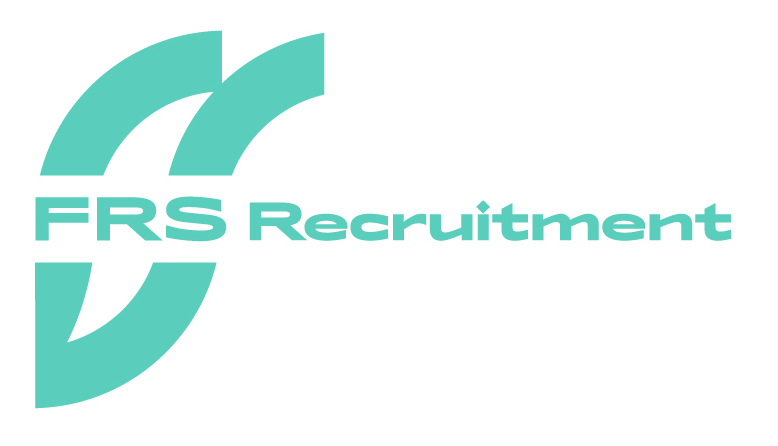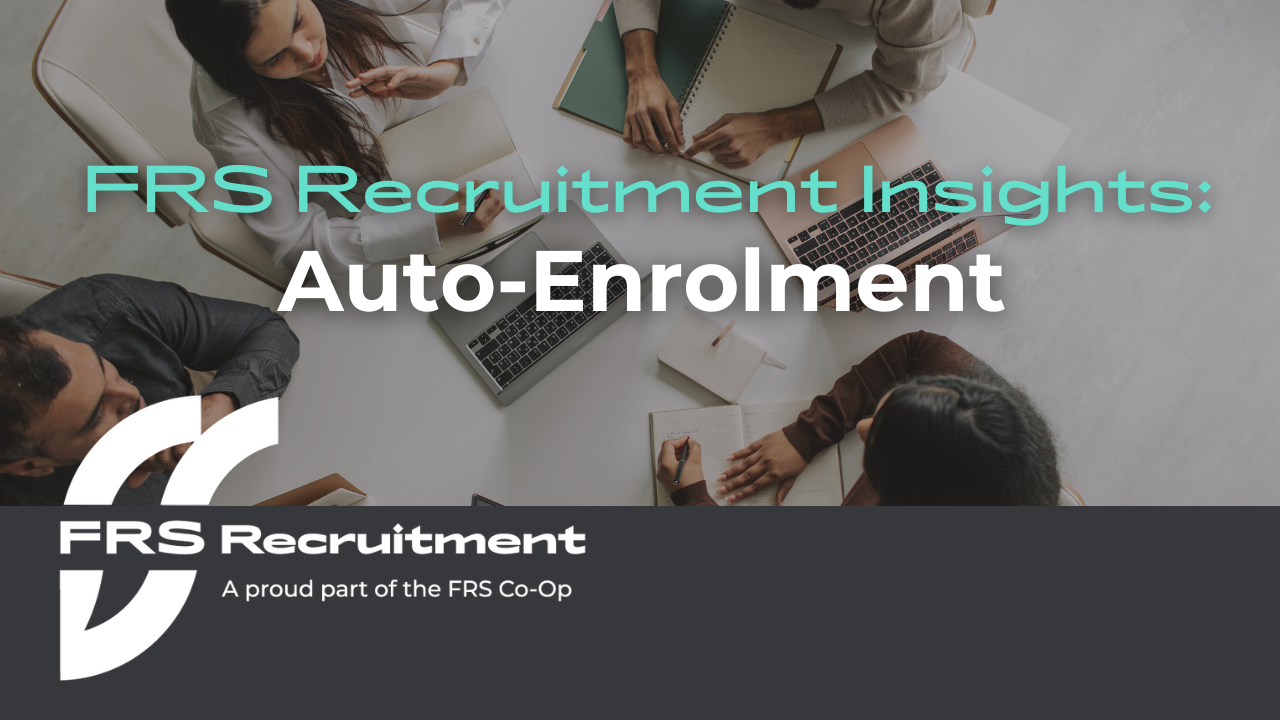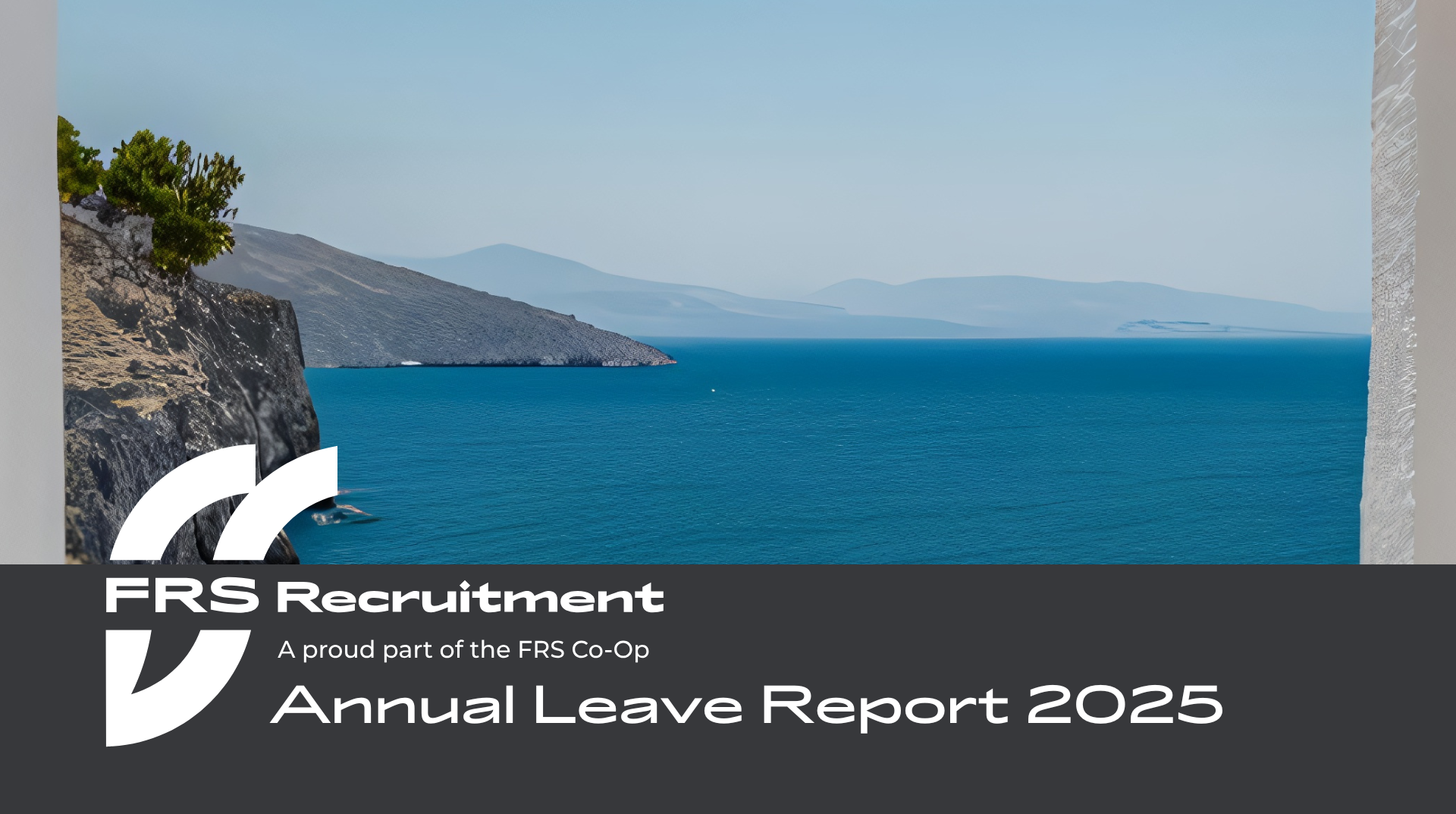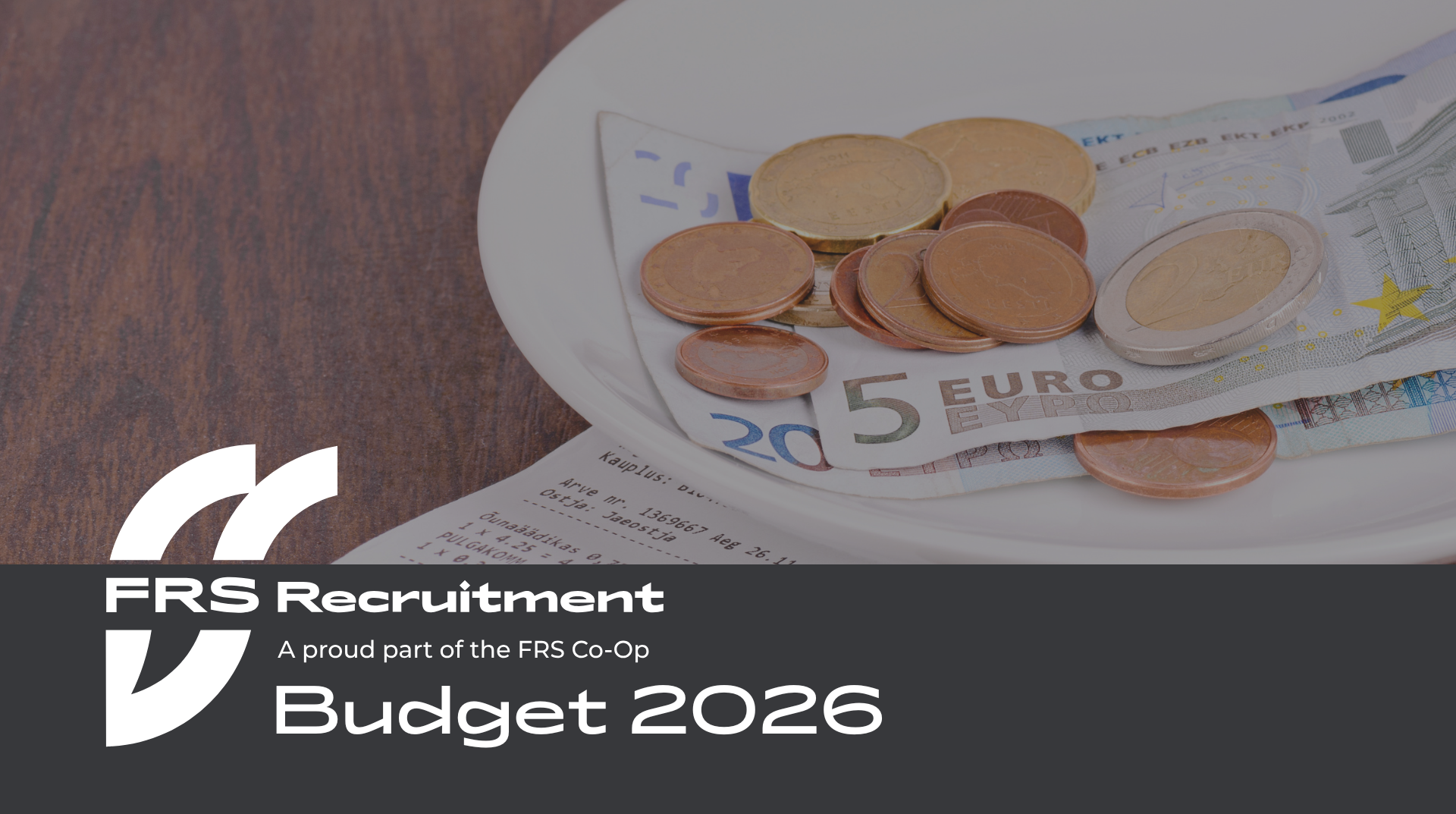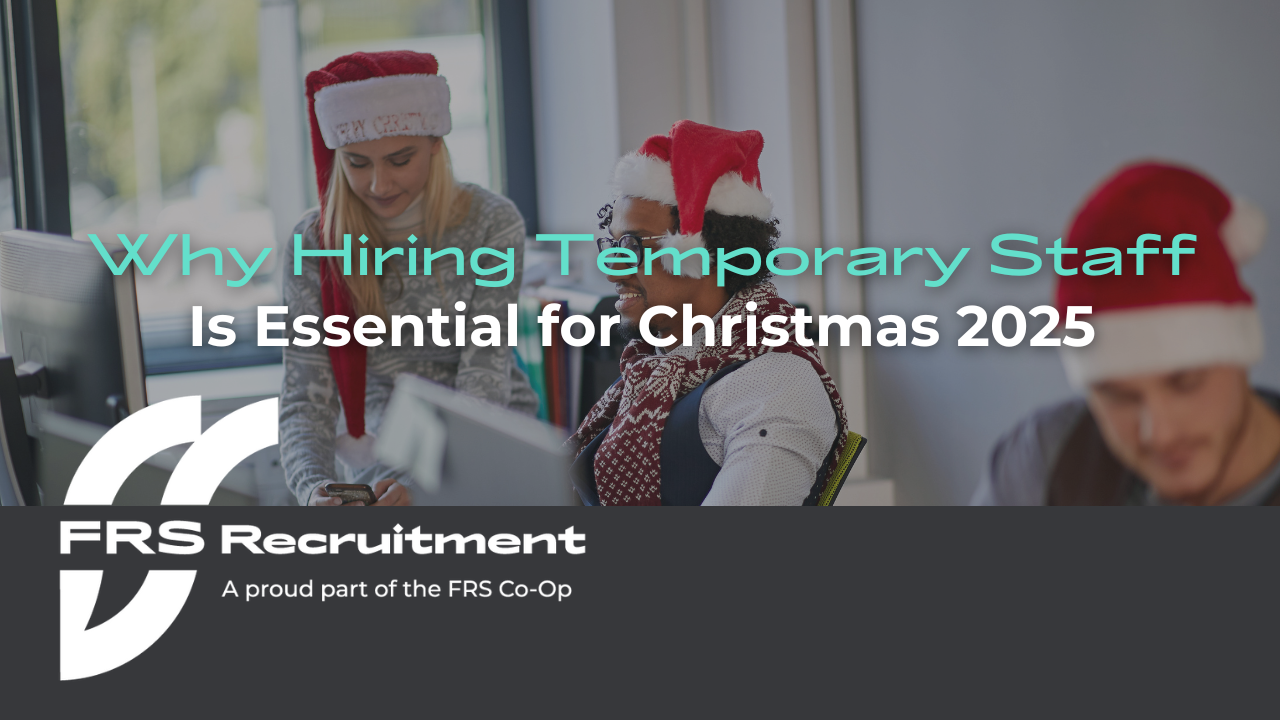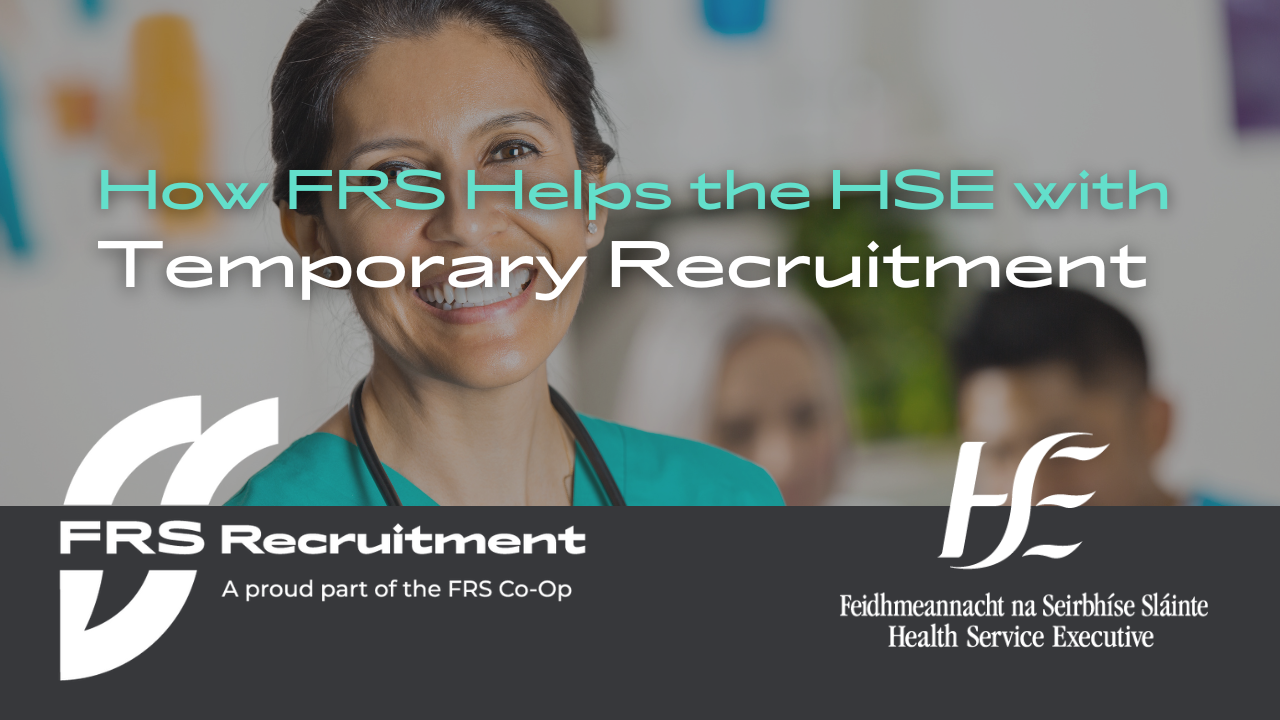Crafting the Perfect LinkedIn Profile for Allied Health Professionals
10 Steps to Perfect your Allied Health Professional LinkedIn Profile
In today’s digital landscape, a well-optimised LinkedIn profile is no longer optional—it is essential. For Allied Health Professionals (AHPs), LinkedIn is a powerful platform for career growth, professional networking, and personal branding. Whether you are a physiotherapist, occupational therapist, speech-language pathologist, or another allied health professional, a strong LinkedIn presence can help you:
- Connect with industry peers and potential employers
- Showcase your expertise and specialisms
- Attract new job opportunities and referrals
But how do you create a profile that stands out in a competitive healthcare market? Follow these steps to build a compelling, professional, and recruiter-friendly LinkedIn profile.
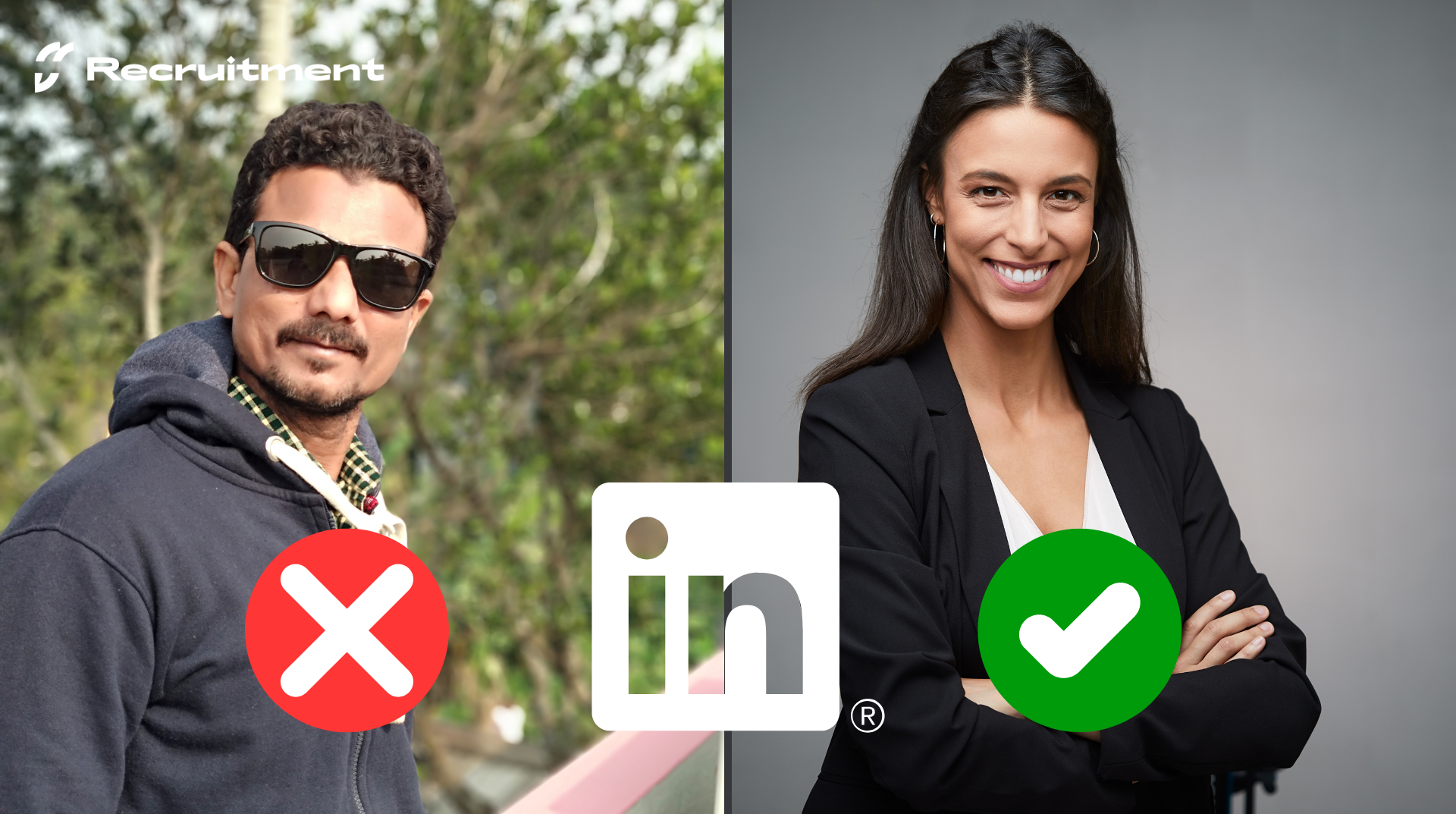
1. Choose a Professional Profile Picture
Your LinkedIn profile picture is your first impression, so it is important to make it count.
- Use a high-quality, well-lit photo
- Dress professionally – healthcare is a formal industry
- Choose a clean, neutral background to keep the focus on you
A friendly yet professional image helps build trust and credibility with recruiters, colleagues, and potential clients.
2. Craft an Attention-Grabbing Headline
Your headline is one of the most visible parts of your profile. Instead of simply stating your job title, highlight your specialism and what you bring to the table.
Example of an improved headline:
Instead of "Physiotherapist", try "Physiotherapist | Sports Rehabilitation and Injury Prevention Specialist".
Think about the keywords a recruiter or employer might search for and incorporate them naturally.
3. Write a Compelling Summary (About Section)
Your LinkedIn summary is where you tell your professional story. Keep it concise, engaging, and impactful.
What to include:
- Who you are – your role and years of experience
- Your specialisms and expertise
- Your approach to patient care and what drives you
- Any key achievements, certifications, or standout experiences
Example:
"I am a dedicated Occupational Therapist with over 10 years of experience in paediatric rehabilitation. I specialise in helping children with sensory processing disorders develop the skills they need to succeed in school and everyday activities. My approach is holistic and patient-centred, combining evidence-based strategies with creativity to ensure the best outcomes for my clients. Open to networking and collaboration opportunities in paediatric therapy."
It is helpful to keep the summary short, include relevant keywords, and end with a call to action such as "Let’s connect!"
4. Highlight Your Experience with Achievements, Not Just Duties
Your Experience section should do more than just list past job responsibilities—it should showcase your impact.
Instead of a generic description such as "Worked as a physiotherapist treating patients with musculoskeletal injuries," provide a more detailed statement:
"Developed and implemented an injury prevention programme that reduced patient recurrence rates by 30 per cent. Worked collaboratively with orthopaedic surgeons and rehabilitation specialists to improve patient outcomes."
Using action words like "implemented," "developed," and "collaborated" helps to showcase your contributions. Where possible, quantifying your impact with percentages or improvements makes your profile more compelling.
5. List Your Skills and Get Endorsements
Adding key skills to your profile improves your visibility in LinkedIn searches.
Top skills for Allied Health Professionals:
- Clinical assessment and diagnosis
- Rehabilitation and therapy techniques
- Patient-centred care
- Interdisciplinary collaboration
- Healthcare technology and documentation
It is also useful to ask colleagues, mentors, or past supervisors to endorse your skills, as this adds credibility to your expertise.
6. Showcase Certifications and Education
Allied health roles require qualifications, so ensure your education and certifications are clearly listed.
- Degrees (e.g., BSc Physiotherapy, MSc Occupational Therapy)
- Certifications and Licences (e.g., HCPC Registration, Manual Therapy Certification)
- CPD Courses and Specialised Training
This helps recruiters and hiring managers quickly verify your qualifications.
7. Request Recommendations
A LinkedIn recommendation acts like a mini reference that boosts your credibility.
Ask for recommendations from:
- Supervisors – to highlight your work ethic
- Colleagues – to showcase teamwork and collaboration
- Patients (if appropriate) – to demonstrate patient satisfaction and care
Example Recommendation:
"John is an exceptional physiotherapist with a keen eye for detail and a deep understanding of musculoskeletal rehabilitation. His patient-first approach and collaborative mindset make him an asset to any healthcare team."
Having two to three strong recommendations makes your profile more attractive to potential employers.
8. Join LinkedIn Groups and Engage with Industry Leaders
Networking on LinkedIn is not just about having a great profile—it is about being active.
- Join industry groups such as "UK Physiotherapists Network"
- Follow healthcare leaders and organisations
- Engage with content by liking, commenting, and sharing posts
This helps you stay updated on industry trends and increases your visibility within your professional community.
9. Share and Create Valuable Content
Position yourself as a thought leader by sharing insights from your profession.
Content ideas:
- Short posts, such as "Three simple tips for preventing lower back pain"
- Case studies while maintaining patient confidentiality
- Industry news, such as "How AI is transforming physiotherapy"
- Personal experiences and career reflections
Regularly posting or engaging with content increases your reach and credibility.
10. Optimise Your Profile for Search (SEO for LinkedIn)
Recruiters and employers search for candidates using keywords, so ensure your profile is optimised with the right terms.
- Include key phrases naturally in your headline, summary, and experience
- Use variations of job titles, such as "Physiotherapist | Sports Rehab Specialist"
- Turn on "Open to Work" if you are actively looking for new opportunities
This makes it easier for recruiters to find and contact you.
Final Thoughts
A well-optimised LinkedIn profile is both a digital CV and a networking tool. Regularly updating your profile, engaging with industry professionals, and showcasing your expertise will help you maximise career opportunities in the Allied Health sector.
Are you ready to take your career to the next level? Start updating your LinkedIn profile today.
FRS Recruitment are proud sponsors of the RCSI Alumni Awards

